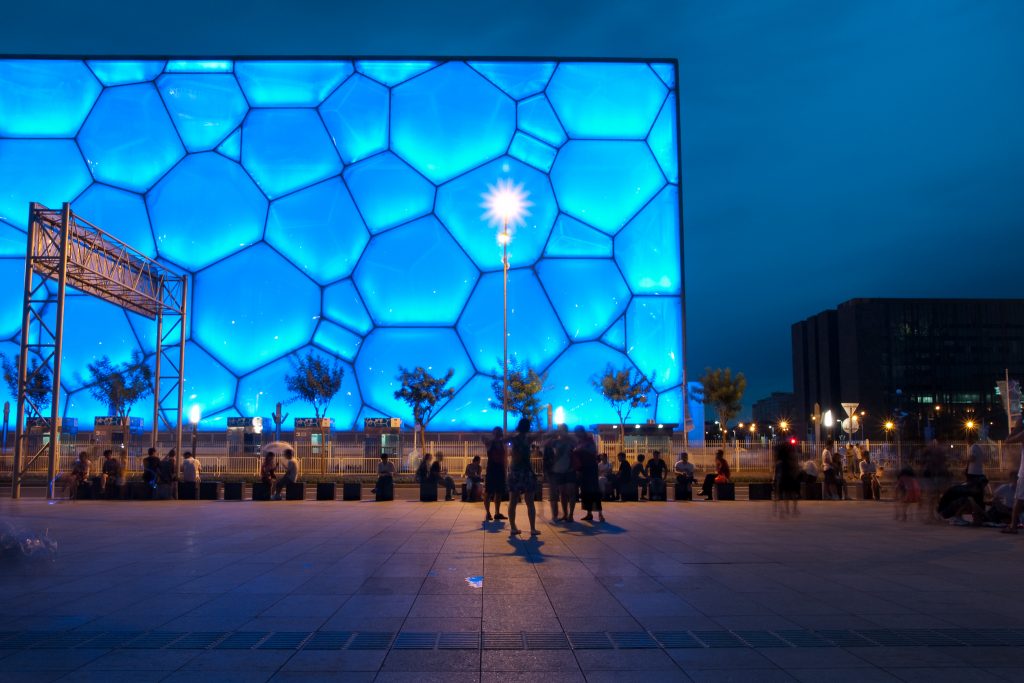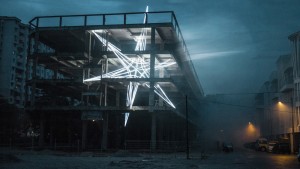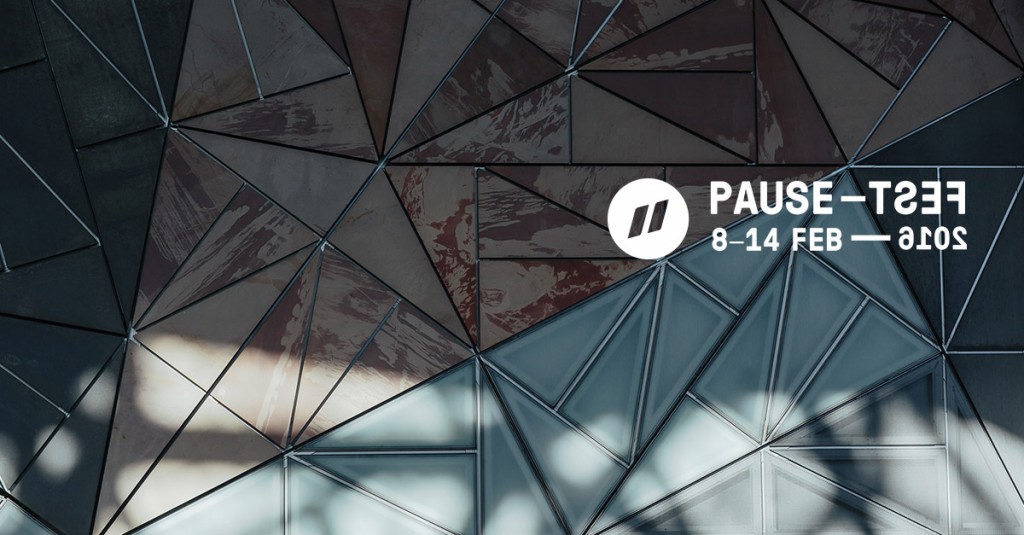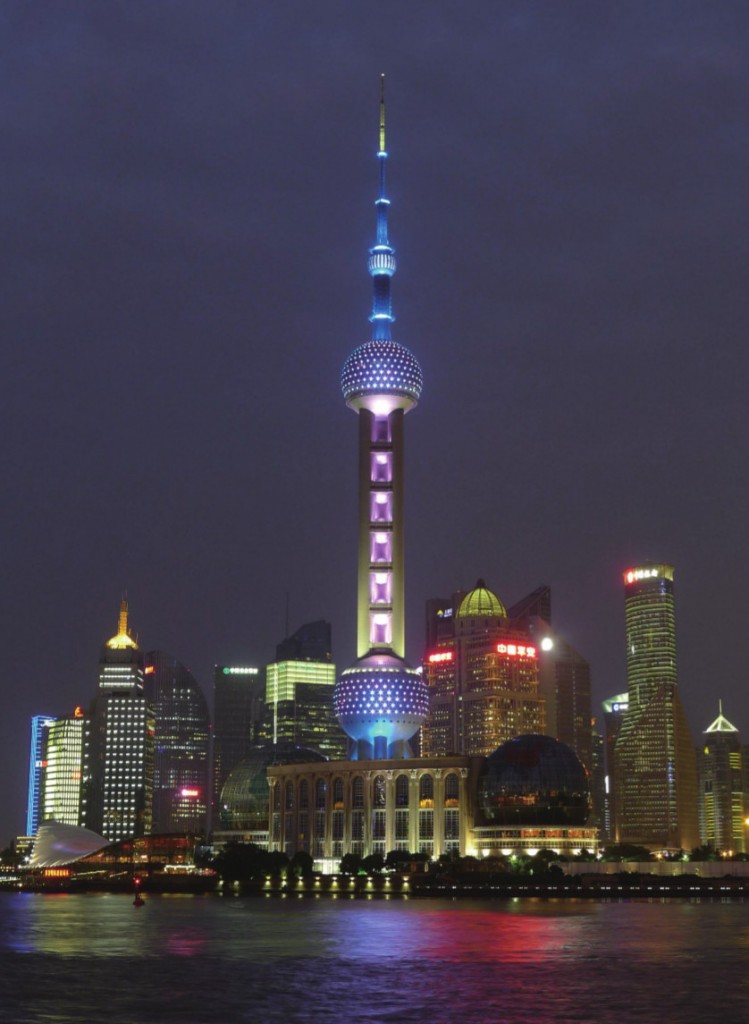MEDIA ARCHITECTURE BIENNALE 2016
BE PART OF THE DIGITAL PLACEMAKING EXPERIENCE
Come June 2016, the prestigious
Media Architecture Biennale 2016 will project Sydney into the digital media spotlight. From June 1st, the world’s leading experts in architectural digital technology will arrive in the harbour city to host a series of conferences, seminars and symposia designed to discuss, assess and debate the impact of digital technology in the future design and development of smarter and more liveable cities.
Design and urban planning experts from around the globe will transform The Concourse, on Sydney’s North Shore into technology driven idea’s hub, for the 5th international Media Architecture Biennale 2016, presented as a part of the Vivid Ideas program. From June 1st to June 4th, architectural and design professionals, academics, state and federal government representatives and specialised experts in digital placemaking will host a series of workshops, symposia and events designed to explore the existing and future impact of digital technologies on urban planning within global cities.
“The Media Architecture Biennale 2016 brings together specialists who are passionate about reinventing urban communities and utilising public spaces to communicate. The official buzzword and theme for this year’s event is digital placemaking; the use of digital technology within a dedicated public urban space, designed specifically for the purpose of communicating with the public,” said Dr M. Hank Haeusler, General Chair of The Media Architecture Biennale 2016 (UNSW Australia).
Federation Square, in central Melbourne is currently Australia’s best example of digital placemaking; in 2014 it was named the 6th Best Public Square in the world by Landscape Architects Network. Mr Matt Jones, General Manager of Program & Events at the iconic Australian outdoor gathering space, will be on hand at this year’s event to share knowledge from his own first-hand experience with digital placemaking.
Among the illustrious line-up of over 50 international guests attending The Media Architecture Biennale 2016 is Carlo Ratti. Prof. Ratti is currently Chair at the
Senseable City Lab and
Ratti Associati. He is at the forefront of connecting technology and the built environment and was included in Blueprint Magazine’s “25 People who will Change the World of Design” list.
Highly regarded in the field of digital placemaking, Ethan Kent, Senior Vice President at Projects for Public Spaces (PPS) in New York City is also supporting The Media Architecture Biennale 2016. Mr Kent has worked on over 200 public space projects including, Times Square in New York.
Locally, MAB16 welcomes Mr Bruce Duyshart, Director of Meld Strategies, who recently developed a
Smart City Masterplan for Parramatta (NSW) in collaboration with the City of Parramatta.
The calendar of Media Architecture Biennale 2016 activities commences on June 1st and concludes June 4th, among the events are: symposia, workshops, seminars, an MAB Awards exhibition and a Gala Awards Dinner held on Sydney Harbour. The Media Architecture Awards Exhibition will feature over 100 media architecture projects on display at Artspace, The Concourse from May 27th. The exhibition is a showcase of projects that explore the possibilities of and outcomes of interactions between the built environment with technology and communities. It is free and open to the public.
Industry professionals travelling to Sydney for the MAB16 might take the opportunity to combine the visit with the
DIS 2016 (Designing Interactive Systems) conference, which takes place in Brisbane, Queensland from 4-8 June.
The Media Architecture Biennale 2016 is presented as part of the Vivid Ideas program at
Vivid Sydney, the world’s largest festival of light, music and ideas.
Both industry enthusiasts and the public alike are welcome to all events, with ticket sales available
through
Ticketek.
MEDIA ARCHITECTURE BIENNALE 2016 (
mab16.org)
JUNE 1ST – 4TH
THE CONCOURSE (
theconcourse.com.au) AND OTHER LOCATIONS ACROSS SYDNEY
SYDNEY, AUSTRALIA





